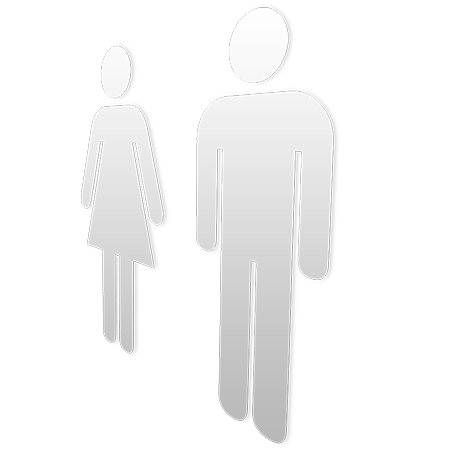Overactive bladder is a common problem for both women and men. Take the steps to limit its discomfort.
How does the bladder work?
Located in the lower abdomen, the bladder is a smooth muscular sac that expands and relaxes and that temporarily stores urine produced by the kidneys. It fills up slowly until micturation (urination) is necessary.
At a certain point while the bladder is filling up, a signal is sent to the brain indicating that it will soon be time to urinate. The brain then remotely activates a bladder muscle, the detrusor, giving the order to eliminate the urine. At the same time, the sphincter muscles (which surround the urethra) relax, enabling the elimination of urine through a canal called the urethra.
The bladder is very extendable and is remarkably well adapted to its reservoir function. It can store large quantities of urine (about 400 to 500 ml) before the urge to urinate is felt. Its maximum capacity is of 800 to 1000 ml.
What are the signs of overactive bladder?
In the event of overactive bladder, the individual feels sudden urges to urinate when the bladder is not yet full. This can be explained by the involuntary contraction of the detrusor muscle. The individual cannot control the muscle contractions of the bladder.
This is manifested as follows:
- frequent urges to urinate
- an urgent need to urinate (precipitancy)
- waking up due to urges to urinate
These symptoms may or may not be accompanied by bladder weakness (incontinence).

Who is affected by overactive bladder?
In Canada, overactive bladder affects about one person, 35 years and older, out of five. More women are affected by it than men, but men are not spared. Some factors may predispose a person to the problem of overactive bladder:
- smoking
- being overweight
- over-consumption of alcohol
- irritating beverages (e.g., acidic or carbonated drinks, coffee)
- menopause, and
- pregnancy
Even as you age, it isn't normal (or pleasant) to urinate more than 8 times a day. Obviously, this condition has repercussions on the quality of life and well-being of the people affected by it. Some people limit or interrupt their various (professional, sports, social, and even sexual) activities. Additionally, sleep quality may be compromised.

What are the medications used in the event of overactive bladder?
A number of individuals attempt to hide the problem of overactive bladder due to feelings of embarrassment, guilty or lack of knowledge, preventing them from getting the help they need.
There is effective medication available to improve the symptoms of overactive bladder. They are called antimuscarinics. These drugs, which require a prescription, act by blocking involuntary contractions of the detrusor muscle.
Antimuscarinics can sometimes cause unpleasant side effects; the most common ones include:
- dry mouth and dry eyes
- blurred vision
- dizziness
- drowsiness, and
- constipation
It is sometimes necessary to try more than one drug before finding the one that is suitable in terms of effectiveness and tolerance. The elderly are particularly vulnerable to the side effects of antimuscarinics. Your pharmacist can help you to choose the right medication and to manage the side effects.
What are the other solutions for overactive bladder?
The use of absorbent protection products can be a good solution when the problem is accompanied by urinary incontinence. There is a wide range of products offered at the pharmacy in various forms: panty liners, pads, panties, etc. They offer both convenience and discretion for people who want to do their day-to-day activities without worrying about a weak bladder.
Other methods can also be considered to deal with the inconveniences of overactive bladder, for example:
- bladder training
- Kegel exercises
- biofeedback
- physiotherapy
- functional electrostimulation
- various surgical procedures
Don't hesitate to speak to your pharmacist for additional information about overactive bladder, its treatments, and absorbent products against weak bladder.

